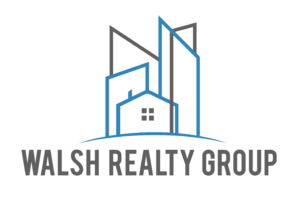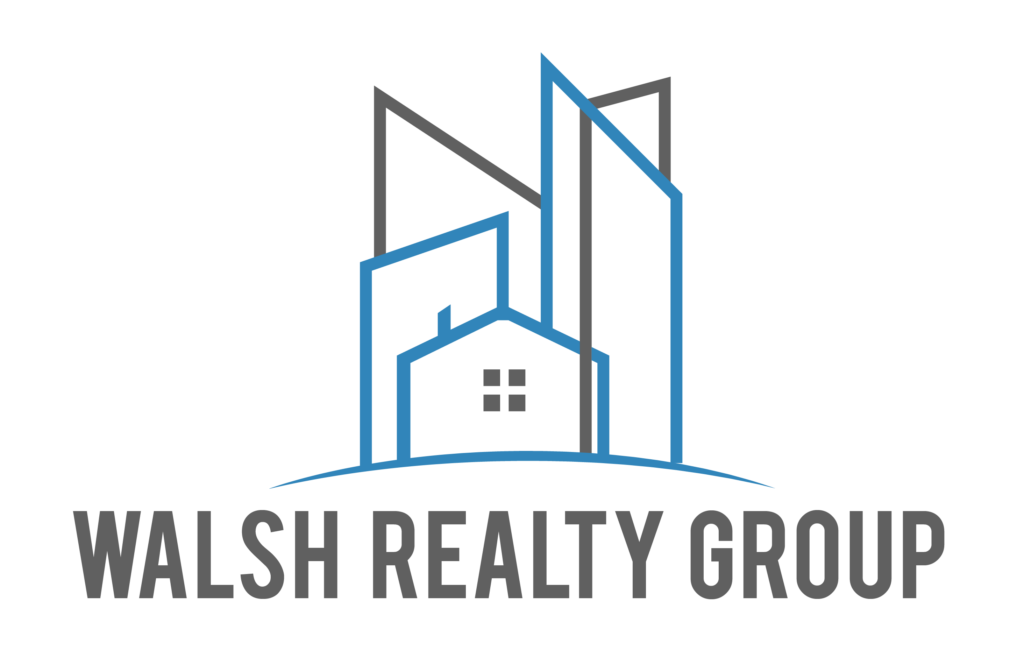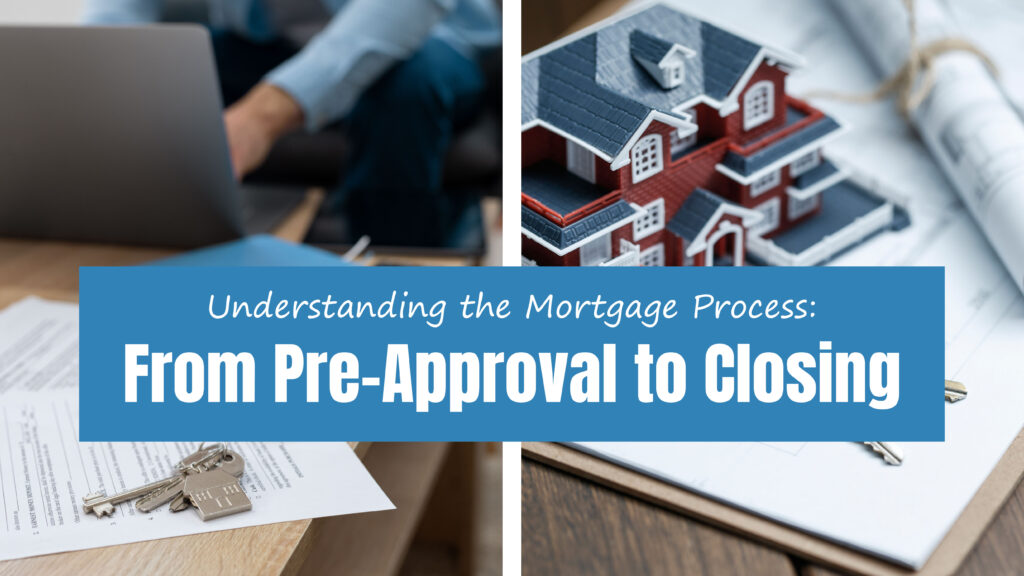Buying a home is one of the most significant financial decisions you will ever make. The process can seem daunting, especially if you’re a first-time homebuyer. However, understanding each step can help demystify the process and make it more manageable. This guide will walk you through the mortgage process from pre-approval to closing.
Step 1: Estimate How Much Home You Can Afford
The first step in the mortgage process is determining how much home you can afford. This involves a bit of number crunching. Use a home affordability calculator to get an idea of your budget. Lenders primarily base your ability to repay a mortgage on your debt-to-income (DTI) ratio, which measures how much of your income is committed to your new mortgage payment along with other monthly debt.
It’s important to leave some wiggle room in your budget for lifestyle expenses and home maintenance. DTI calculations don’t include expenses like phone plans, gym memberships, or car insurance premiums. So, make sure you factor these in separately.
Step 2: Get Pre-Approved for a Loan
Once you have a budget, the next step is to get pre-approved for a mortgage. A pre-approval is based on your credit profile, which includes your credit, income, and savings history. Lenders will review your financial documents and provide you with a pre-approval letter, which indicates how much they are willing to lend you.
To get pre-approved, you’ll typically need to submit:
- One month’s worth of current pay stubs
- Two years’ worth of W-2s or tax returns
- Two months’ worth of bank or asset statements
- Two years’ worth of addresses
- Two years’ worth of employer addresses and contact information
Pre-approval is crucial because it shows sellers you’re a serious buyer and can afford the home.
Step 3: Find a Home and Make an Offer
Now comes the fun part – house hunting. Once you have an idea of what you can afford and a pre-approval letter in hand, you can start looking for your dream home. Most buyers work with a real estate agent to help them find and negotiate the purchase of a home.
When you find a home you love, your real estate agent will help you submit an offer. This offer should include contingencies that allow you to back out of the deal if certain conditions aren’t met, such as a lower-than-expected appraisal or inspection issues. You’ll also need to provide an earnest money deposit to show the seller you’re serious.
Step 4: Choose a Mortgage Lender
Once your offer is accepted, you’ll need to finalize your choice of mortgage lender. It’s a good idea to shop around and compare offers from at least three different lenders to find the best interest rates and terms. Your rate doesn’t just depend on your application; it also depends on the type of loan you get.
Different types of loans include:
- Conventional loans
- FHA loans
- VA loans
- USDA loans
Each type of loan has different requirements and benefits, so it’s important to understand which one is best for you.
Step 5: Complete a Full Mortgage Application
After selecting a lender, the next step is to complete a full mortgage application. Most of this process was already completed during the pre-approval stage, but you’ll need to submit a few additional documents to get your loan file through underwriting.
Documents you may need include:
- Fully executed Purchase Agreement
- Proof of earnest money deposit
- Updated income, liabilities, and asset documentation
- Social Security or long-term disability income documents (if applicable)
Your lender will use this information to determine your debt-to-income ratio and finalize your loan offer.
Step 6: Order a Home Inspection
A home inspection is an in-depth look at the home’s condition, from the roof to the foundation. It’s an important step because it helps you understand if the home needs any major repairs. If the inspection reveals significant issues, you can ask the seller to fix them or negotiate a lower purchase price.
In some cases, if the seller isn’t willing to make repairs, you may decide to walk away from the deal.
Step 7: Have the Home Appraised
Your lender will order a home appraisal to ensure the property’s value matches the purchase price. The appraiser will compare the home to similar properties that have recently sold in the area. If the appraised value is lower than the purchase price, you have a few options:
- Renegotiate the sales price
- Pay the difference out of pocket
- Cancel the contract and find another home
Step 8: Mortgage Processing and Underwriting
Once your full loan application is submitted, the mortgage processing stage begins. The loan processor will prepare your file for underwriting, which involves verifying all the information you’ve provided.
The underwriter will then review your application in detail, focusing on three main areas:
- Capacity: Your income and current debt load
- Credit: Your credit history
- Collateral: The value of the property
The underwriter may ask for additional documentation or clarification on certain items. It’s important to respond quickly to ensure a smooth underwriting process.
Step 9: Review Your Closing Disclosure
Once everything is in order, the lender will issue your Closing Disclosure, which outlines the final terms of your loan, including the loan amount, interest rate, and closing costs. You’ll receive this document at least three business days before your closing date to give you time to review it and address any discrepancies.
Step 10: Close on Your Mortgage
The final step is the closing meeting, where you’ll sign all the necessary documents to finalize your loan and purchase the home. This meeting is typically conducted in person, though e-closings are becoming more common. Once everything is signed and the funds are transferred, you’ll receive the keys to your new home.
We’re Here For You
Understanding the mortgage process can make the journey to homeownership smoother and less stressful. By following these steps and staying organized, you’ll be well-prepared to navigate the complexities of obtaining a mortgage. If you need any assistance during the process, don’t hesitate to reach out to your real estate agent or mortgage lender for guidance.
📞 Call us at (585)-750-8999 or send an email to bill@walshrealtyroc.com to learn more about how we can work for you.
Happy house hunting!




